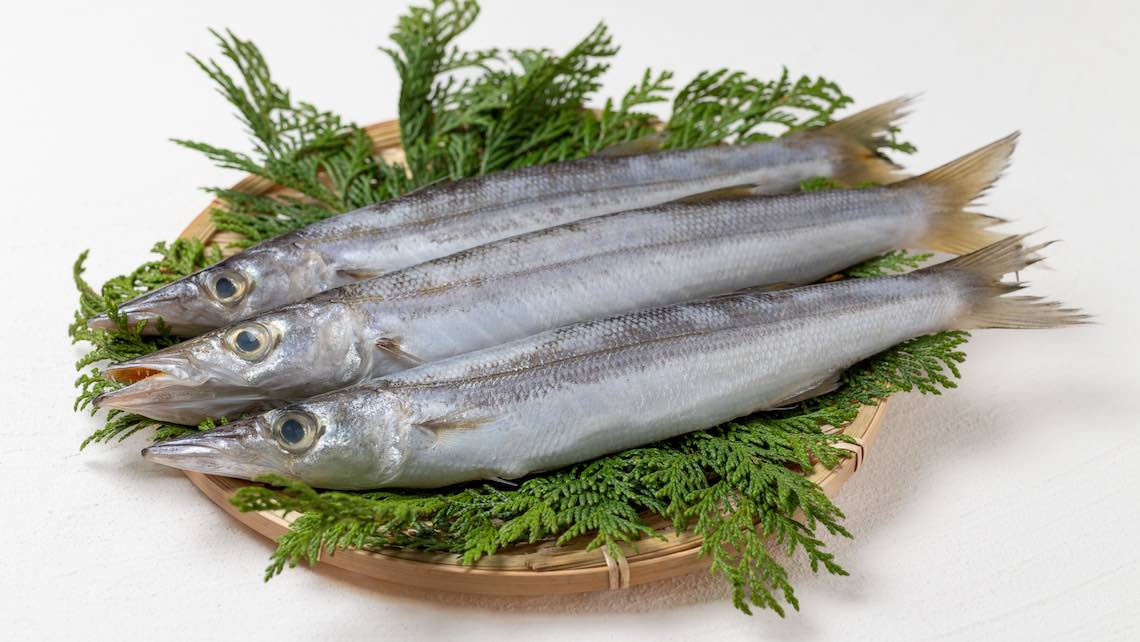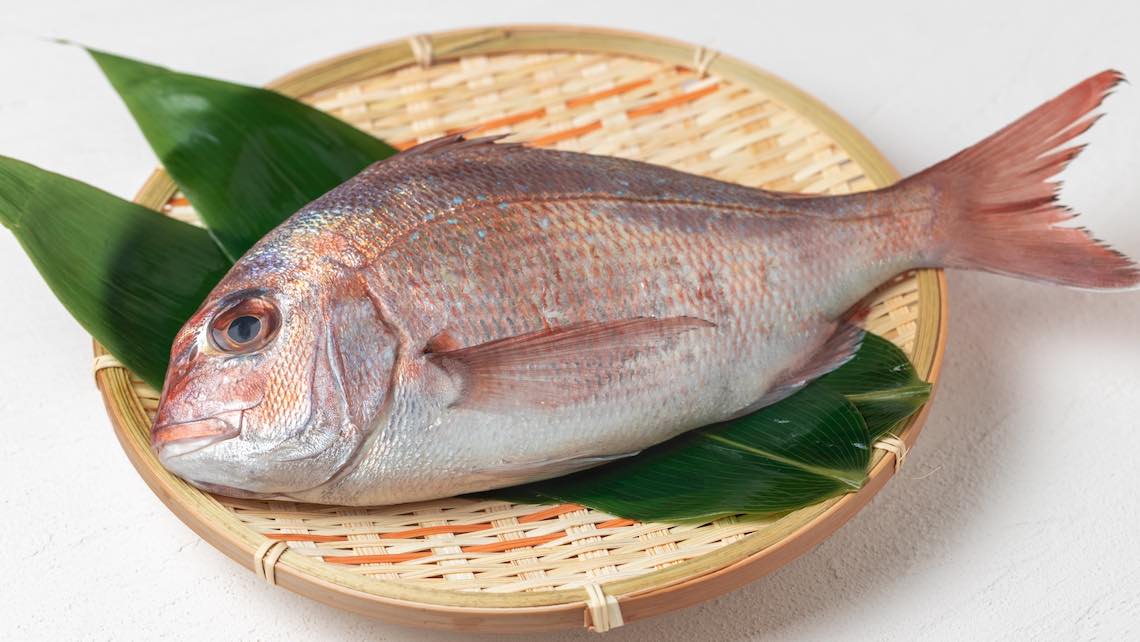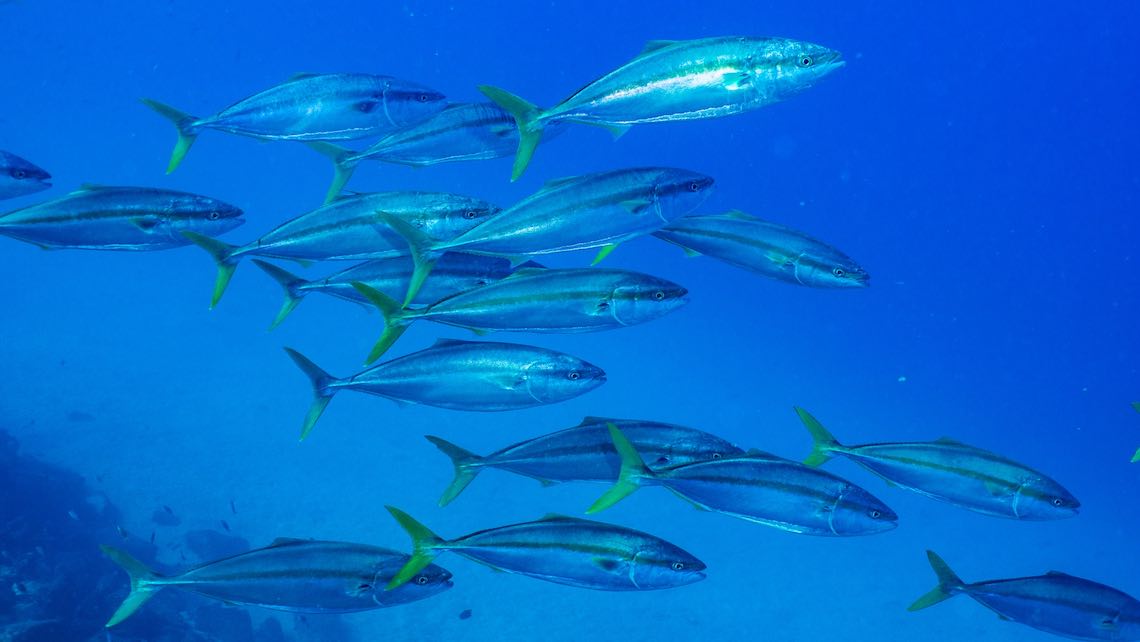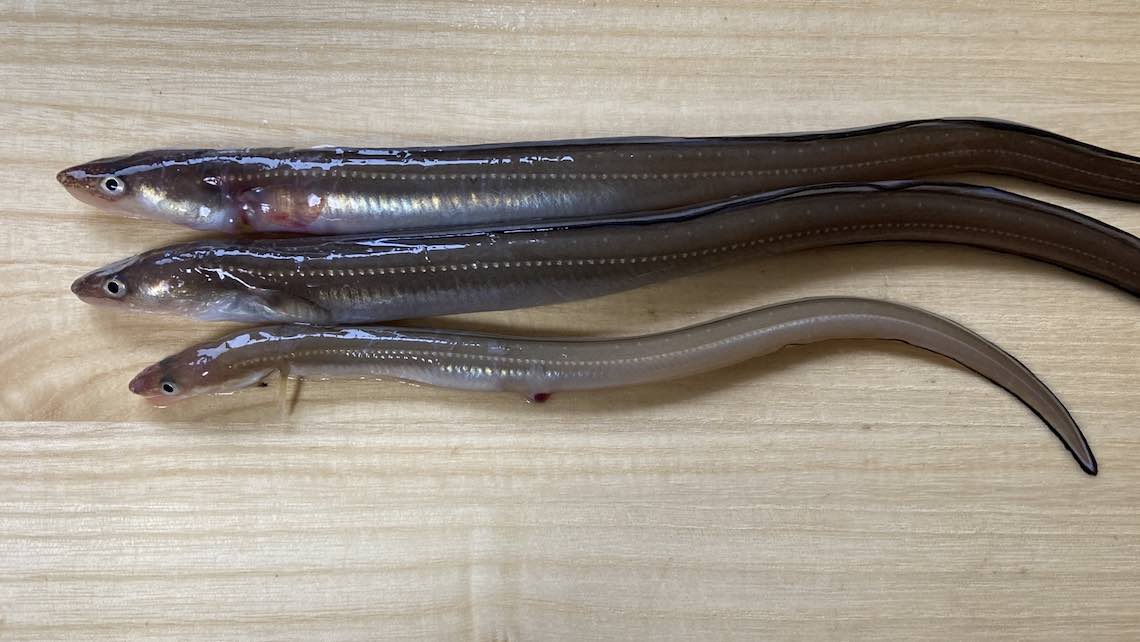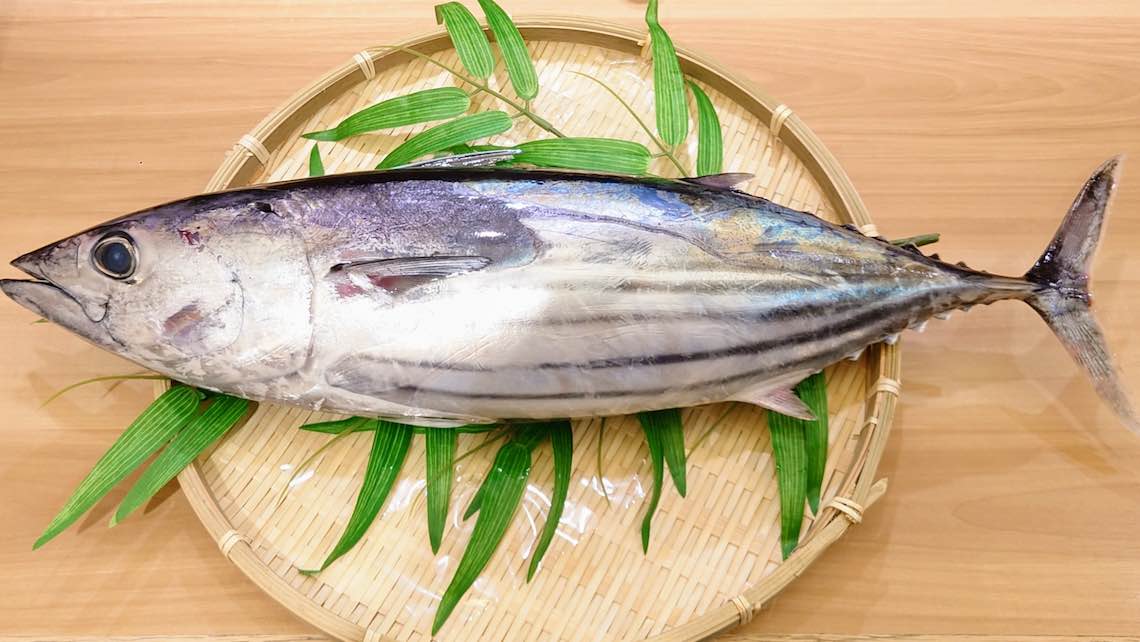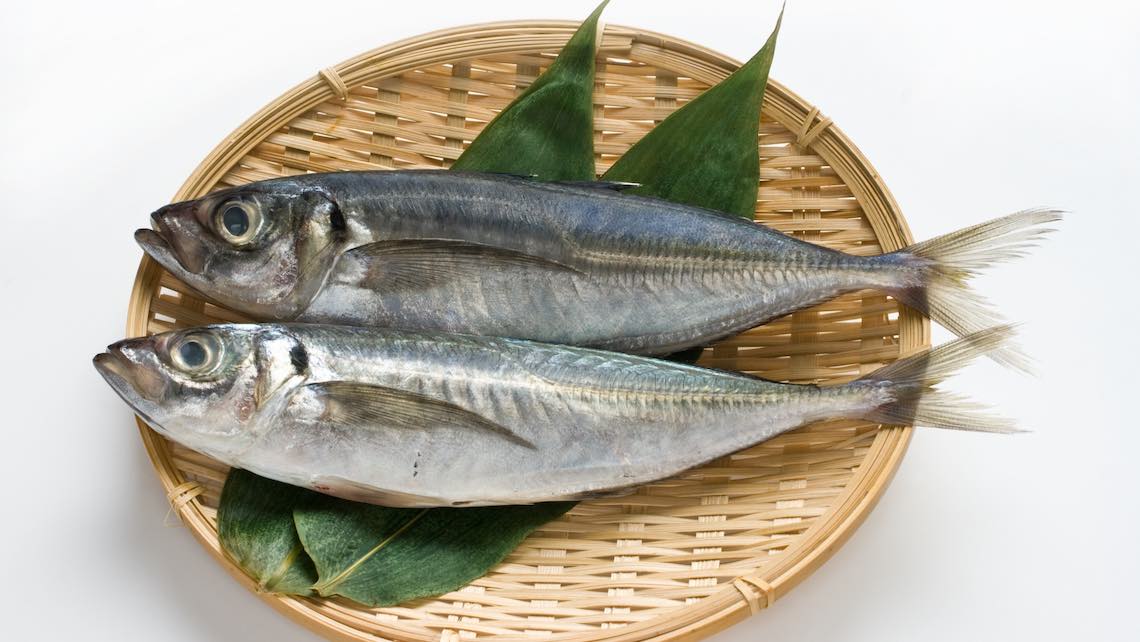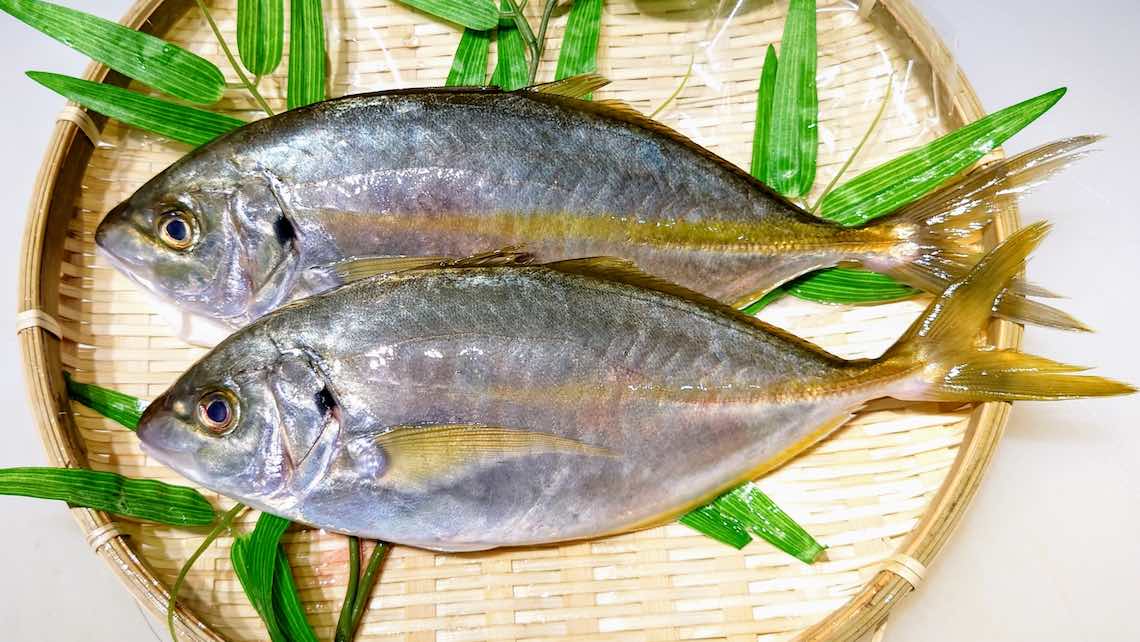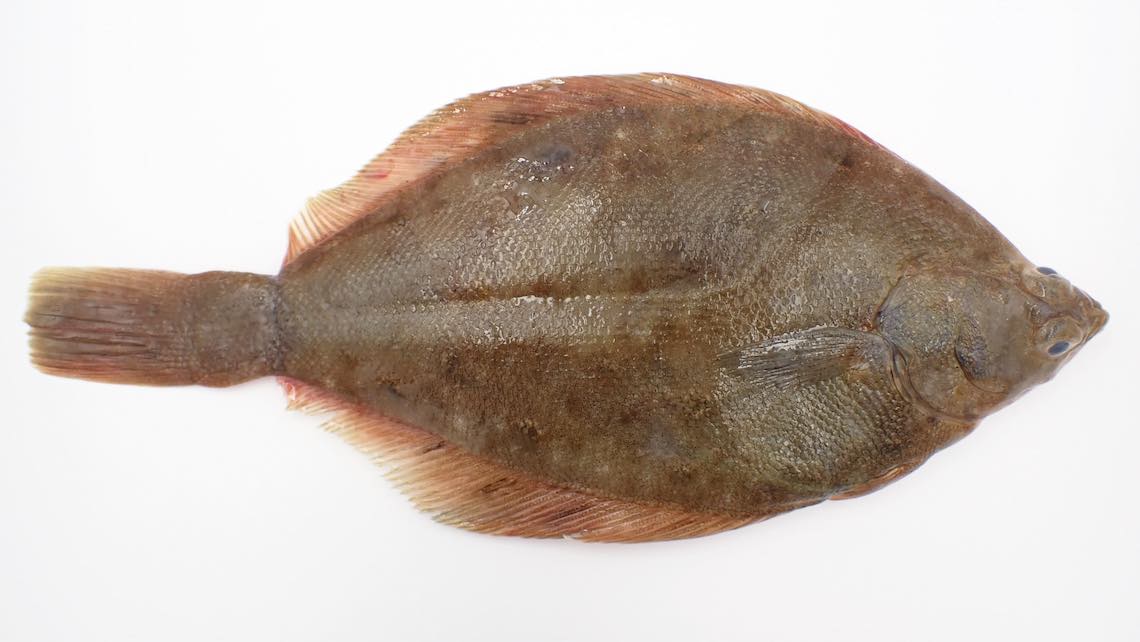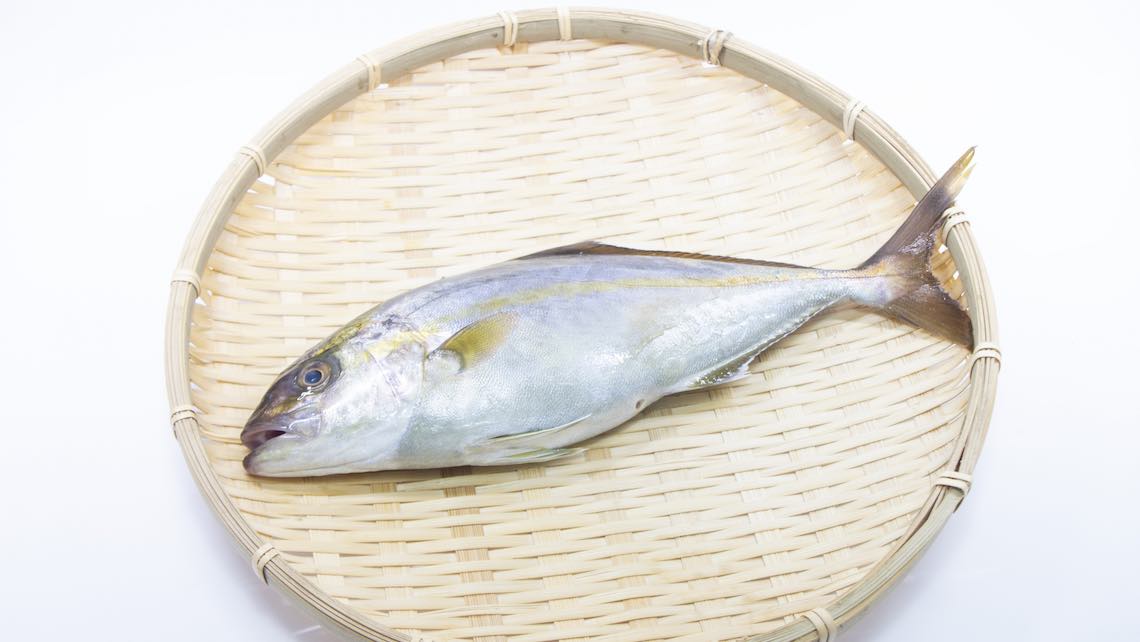Medium-Sized Yellowtail [Hamachi]
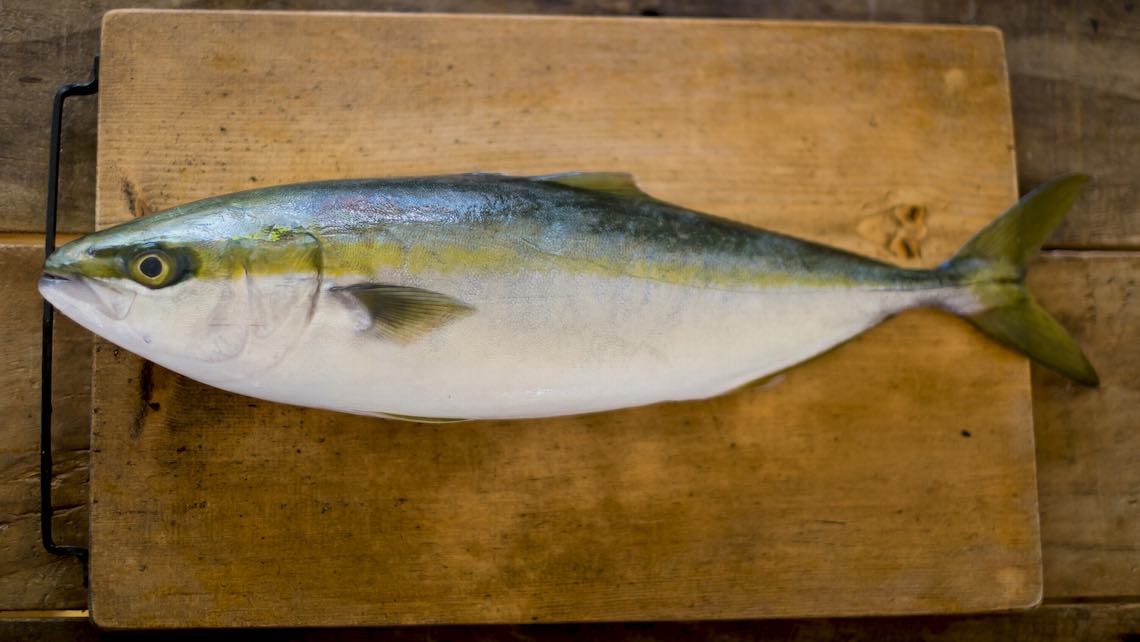
Japanese Name and Pronunciation:

[hamachi]
Hamachi, also known as Yellowtail or Japanese Amberjack, is a popular fish in Japanese cuisine. It is often praised for its delicate flavor and rich, buttery texture. Let’s explore the differences between Hamachi and Buri (adult Yellowtail) from the perspective of Japanese cuisine, including their seasonal availability.
Hamachi refers to a medium-sized Yellowtail, typically harvested when it reaches a certain size but before it matures into Buri. The main distinction between Hamachi and Buri lies in their age and size. Hamachi tends to be smaller and more tender compared to the larger and firmer Buri.
In terms of flavor, Hamachi is celebrated for its mild, slightly sweet taste. Hamachi, compared to Buri, is known for its mild flavor with less pronounced fishiness and a light, refreshing taste. Its flesh is known for its soft and buttery texture, which practically melts in the mouth. This delicate flavor profile makes Hamachi a prized ingredient in sushi, sashimi, and various other Japanese dishes.
Regarding seasonality, Hamachi is available year-round due to aquaculture practices, allowing it to be farmed and harvested throughout the year. However, there is a traditional association of Hamachi with the summer season in Japan. Particularly from June to September, that wild Hamachi is believed to be at its peak freshness and flavor. This aligns with the summer months being the traditional high season for Hamachi fishing.
![Medium-Sized Yellowtail Sushi [Hamachi]](https://itadakimasu-japan.com/wp-content/uploads/2023/07/hamachi_sushi-320x180.jpeg)

